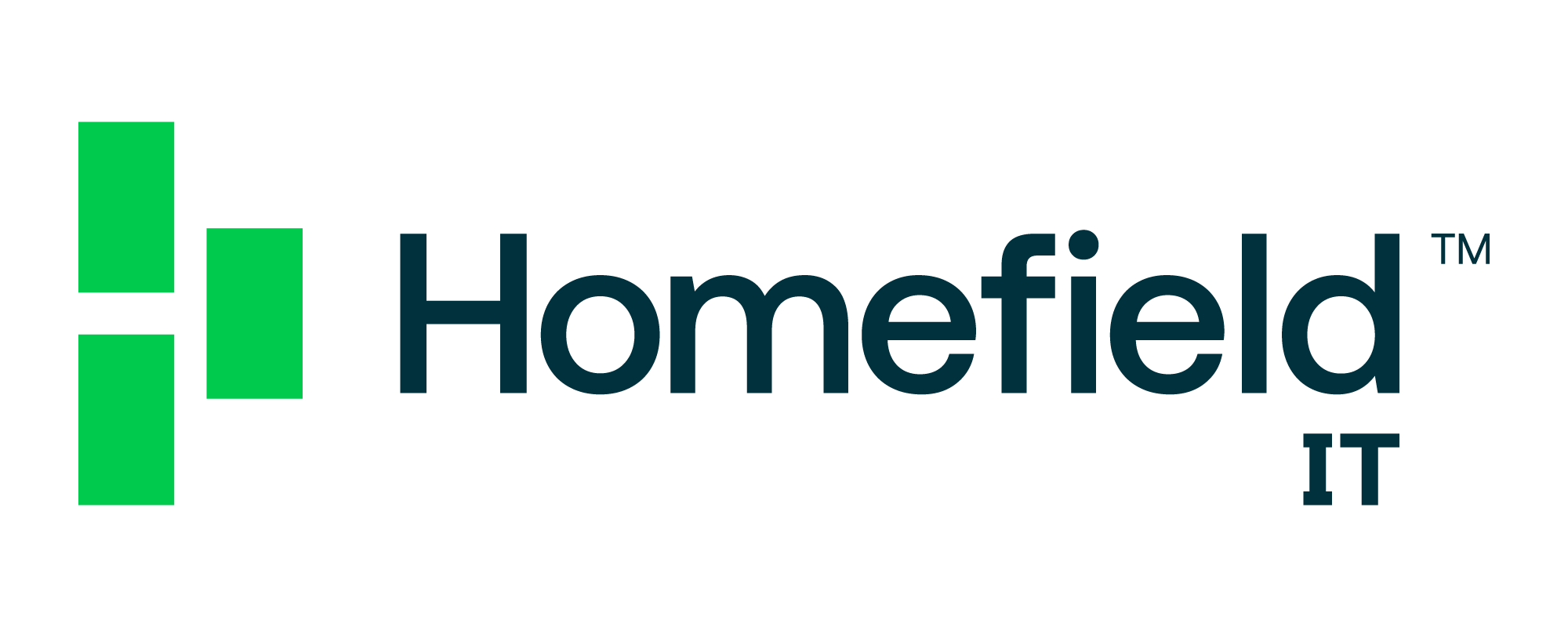Cloud ServicesIT Consulting & StrategyStartupsConstructionEducationFinanceHealthcareLegalNon-ProfitsReal Estate
One of the big pushes in computing over the last decade has been the shift to the cloud. For a while, it seemed to be all everyone was talking about.
As cloud adoption grew, one of the things that people noticed was that one of the main talking points about the cloud that it was cheaper might not have been as true as promised. All the benefits were there – you could be more flexible, it was easier to help your customers, and there was at least an initial reduction in cost. But what happened was that people went all in without necessarily understanding what they were doing, and, because of that, there was a much larger spend on cloud in the long run than anticipated.
There was suddenly a need to reduce the amount of money being spent on the cloud without sacrificing the benefits of working in the cloud.
That’s where cost optimization comes in.

What is cost optimization?
Cost optimization is the process of analyzing the money that you’re spending on cloud services, comparing it against usage, and finding ways to reduce the amount of money that’s being spent overall without losing services. It’s ultimately about finding ways to get more value for the money that you’re spending on the cloud.
How you can implement cost optimization strategies in your business
Cost optimization is a big picture look at the specifics of how you’re using the cloud, where your services are located, and whether you’re actually using everything that you’re paying for. And, while it seems like that would be something that is very labor-intensive, it’s not meant to be something that you do once and leave it at that. Cost optimization should be something that happens continuously, with the goal of reducing spend incrementally.
If you go into cost optimization with the goal of it being a one-time thing, you’ll notice a temporary drop in spending, but it will climb up over time as bad habits sneak in again.
Here are some things to watch for during the cloud optimization process.
Provision for the cloud, not bare metal
This is probably the hardest thing for people to adjust to when it comes to the cloud. You don’t need to provision the same way that you used to. In the past, if you wanted more server space, you had to order them weeks, if not months, in advance because of how long it took to get everything set up. So if you were a retailer expecting a surge in traffic around the holidays (or Black Friday), you’d need to start thinking about server space in June, assuming you didn’t just keep the additional servers running all year, just in case.
With the cloud, you don’t need that long lead time at all. All you need is a few minutes, and you’re up and running with the additional capacity you need to keep business moving. But, too many people still think like they’re running bare metal. You order way more than you need to be ready for something that’s months away and, instead of providing value, it just sits there eating up money.
When you shift to the mindset that everything can be ready quickly, you stop spending too much money on servers and start thinking more strategically.
Analyze usage
Once you start provisioning for the cloud, it’s time to look at usage. This is where things like heatmaps, which help you visualize usage, can come in handy.
What you’re looking for here is making sure that the services you’re using are being used correctly. This doesn’t mean that everything is configured right (although it kind of does). What you’re looking for here is checking to make sure that you know what’s being used, how it’s being used, and what’s using it.
Because it’s so easy to over-provision, especially if you’re still using the bare metal mindset, it’s easy to have cloud services out there that you aren’t actively using but are still doing enough to result in a bill. Cloud services don’t care whether you’re aware of the usage or not. They’re going to send you a bill regardless. This means you need to be highly aware of what’s going on at all times.
What you’re looking for are things like services that are more active than they should be. This often tells you that something is using too many resources (like when you have apps pulling in CPU cycles in the background on your computer). You’ll also be looking for anything that isn’t being used to its full potential. If you’ve got instances where maybe 1% is being used, you’re wasting money because you’re still paying full price.
This happens a lot when you have resources that are used for spikes in traffic, like busy periods, but if the busy period only happens one week a year, you’re paying for nothing. Cloud features like auto-scaling can help with this a lot since they automatically go up when you’re busy and return to normal when the peak stops.
Details like this can end up saving you a lot of money and help you reduce the amount of wasted cloud space you have.
Only pay for what you’re using
Like the last one, you have to make sure that you’re only paying for the services you’re using. When you’re analyzing your usage, you’re likely to find as many resources that you’re straight up not using as you are ones that you’re under-using.
You’d think it’s easy to make sure that you’re using everything that you’re paying for, but cloud vendors make it really easy to purchase resources you’re not going to use, and they often don’t follow up with friendly reminders like, “Hey! We noticed you purchased some instances a few months back that you’re not using. Did you forget about them?” Those purchases are going to renew until you remember they’re there.
That’s why it’s important to regularly audit your resources to ensure that everything is actually being used and that nothing is just sitting idle.
Avoid vendor lock-in
This one can be tricky. Vendor lock-in occurs when switching costs are too great, and you have no choice but to stay with a vendor. This doesn’t sound like the worst thing in the world if you like the company you’re working with, but if a better deal comes along or you’re just not happy with the service you’ve been getting, it isn’t fun at all.
One of the ways you can avoid this is to make sure that you’re not all in with any one single platform. Multi-cloud setups help with this a lot. Not only does it help you avoid vendor lock-in, but it allows you to find the best service for everything that you’re using. For example, if you’ve got a database on one service, email service on another, and you’re using a third service for hosting, you can easily move your services around as you’d like. However, if all three are running with one cloud provider and it suddenly isn’t great for your email, switching becomes difficult because the cost to move even one service can be too expensive. You’re stuck using a less-than-stellar cloud setup for everything because of it.
Consider hybrid cloud
You’re using public cloud providers for some services and on-premises servers for others. Hybrid cloud can be a critical part of your cost optimization strategy because it reduces your cloud spend by taking some services off the public cloud and putting them into an on-prem cloud. Hybrid is the best of both worlds.
The real benefit here is that you’re taking the full burden from the public cloud, which can be expensive and bringing it back in-house. But, even though some aspects are no longer in the cloud, per se, you don’t sacrifice the flexibility of the cloud. With a hybrid cloud setup, you can still take advantage of the flexibility that makes the cloud so great, but only when you need to. Those busy periods can be managed with the cloud, while the slower times are handled by your in-house servers, saving you money.
The trick here is figuring out what can be on-prem and what needs to be hosted in the cloud. Analyzing your usage should give you a good idea of what can go where.
Let’s get optimizing
The best thing you can do with your cloud optimization efforts is work with cloud experts (like us). We’ve been working with the cloud for a long time now and know what’s best for specific services and what is working for certain industries these days over others.
If you’d like to learn more about cloud cost optimization, let’s talk!
SEE MORE
Kaytuso – the cybersecurity & regulatory compliance division of ManhattanTechSupport.com LLC.
Exceed Digital – the custom software development and business intelligence solutions division of ManhattanTechSupport.com LLC
 August 16, 2021
August 16, 2021 Manhattan Tech Support
Manhattan Tech Support




